After seven years, it’s time for a completely new BMW X1. The third generation BMW X1 is growing in all directions compared to its predecessorbut it’s not even the most important news. For the first time there is also a fully electric iX1.
BMW’s latest five-seater SUV is larger than its predecessor in every respect. First of all, in length. The new X1 extends 4.5 meters, making it 5.3cm longer than the previous version. The X1 is also 2.4cm wider and 4.4cm taller model launched in 2015, which in fact replaces. The wheelbase also increases by 2.2 centimeters to 2.69 meters. This means that the distance between the front and rear axles grows less than the length of the vehicle. The track has grown by 3.1 centimeters at the front and rear, which is interesting for handling.
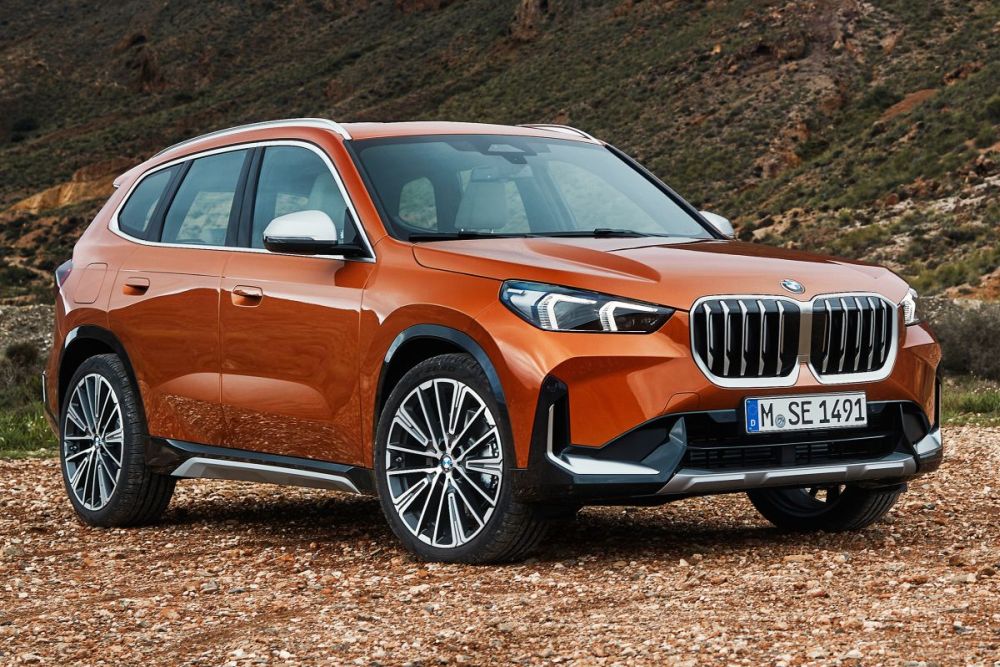
The larger dimensions mean, among other things, more space for luggage. The new X1 offers a load compartment of 540 liters, 35 more than the previous model. With the rear seats flat, it reaches up to 1,600 liters (+50 liters). The X1s with petrol and diesel engines – excluding iX1 and plug-ins – are available with sliding rear seat at an additional cost. The backrest angle of the two-part folding rear seats can be individually selected.
From the outside, the X1 is obviously recognizable, although BMW made it according to its latest design language. This means that the X1 also has a double kidney grille whose shape mainly emphasizes the height and, to a lesser extent, the width.. On both sides of the grille there are relatively high headlights. Adaptive LED technology is optional.
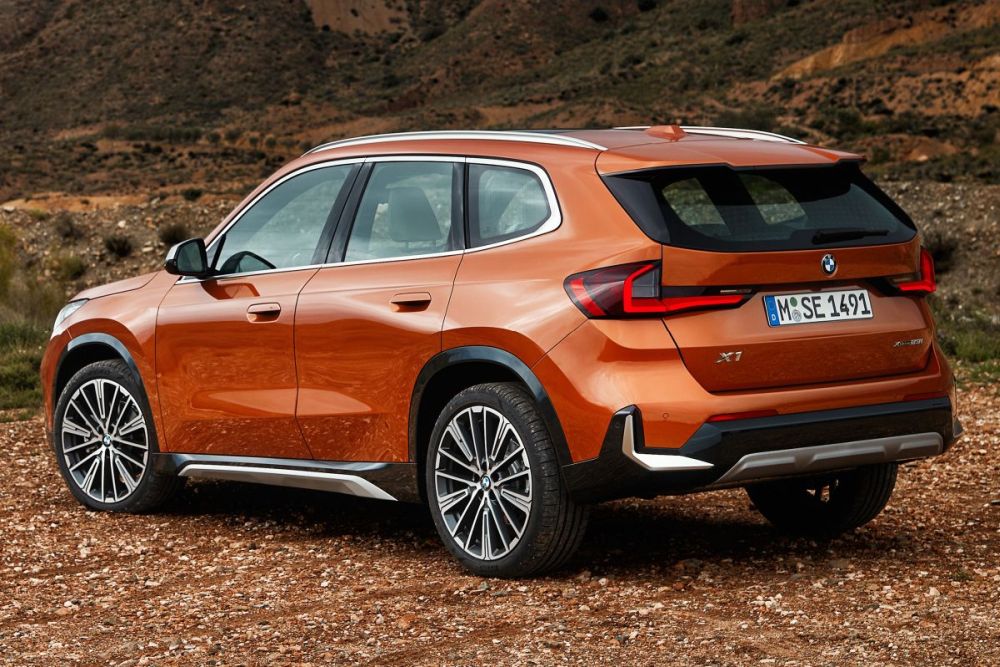
The rear of the new X1 is perhaps more striking. The SUV shows itself with L-shaped taillights, In addition, the part of the taillights that is located in the tailgate is noticeably flatter. It also affects the rear spoiler. It appears to be a much more pronounced roof extension than the previous X1. Further design elements concern the bumper, now much more pronounced, and the traditional handles protruding from the doors have been replaced by recessed ones.
Electric BMW iX1
Surely the main news of the launch of the third generation of X1 is the brand new iX1. The BMW iX1 xDrive30 has two 313 hp and 494 Nm electric motors and is therefore more powerful than the 286 hp iX3. The iX1 reaches 100 km / h in 5.6 seconds and reaches a top speed of 180 km / h.
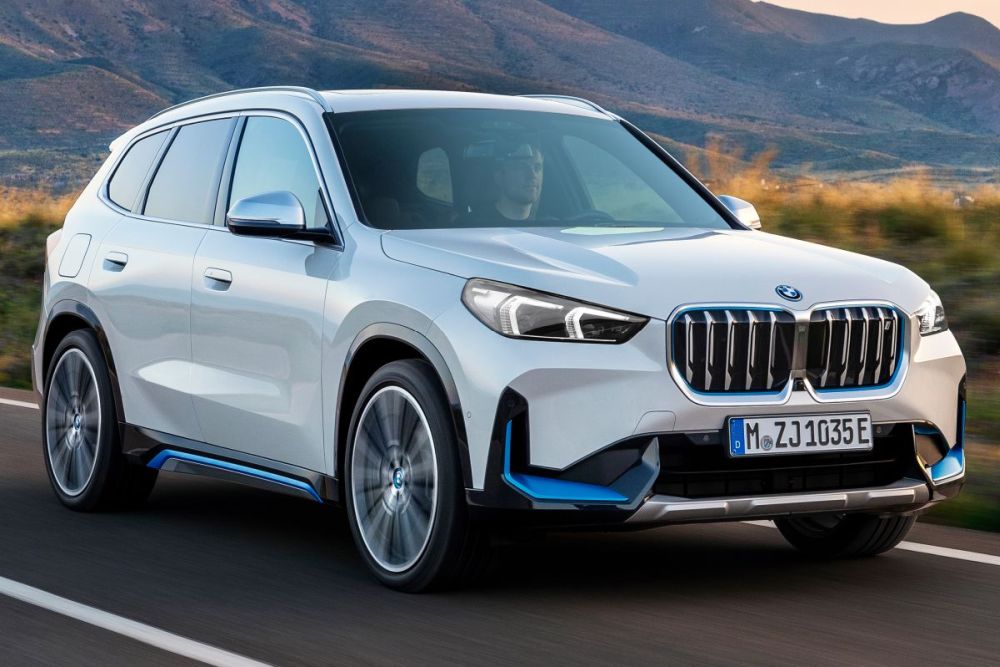
Despite being quite fast, for an electric car, little is as important as the range. The BMW iX1 xDrive30 has 64.7 kWh of battery capacity, good for an electric range of – depending on the version – from 413 to 438 kilometers. A three-phase on-board charger 11 kW is standard, while you pay extra for a 22 kW version. Fast charging is possible up to 130 kW.
The BMW iX1 is recognized in part by its closed kidney grille, but above all by the standard iBlue accents. In the iX1, however, there is less luggage space than in the other combustion versions. At 490 liters, the iX1’s trunk is 50 liters smaller. For added stiffness and to reduce lean, BMW offers the iX1 a strut bridge at the front.
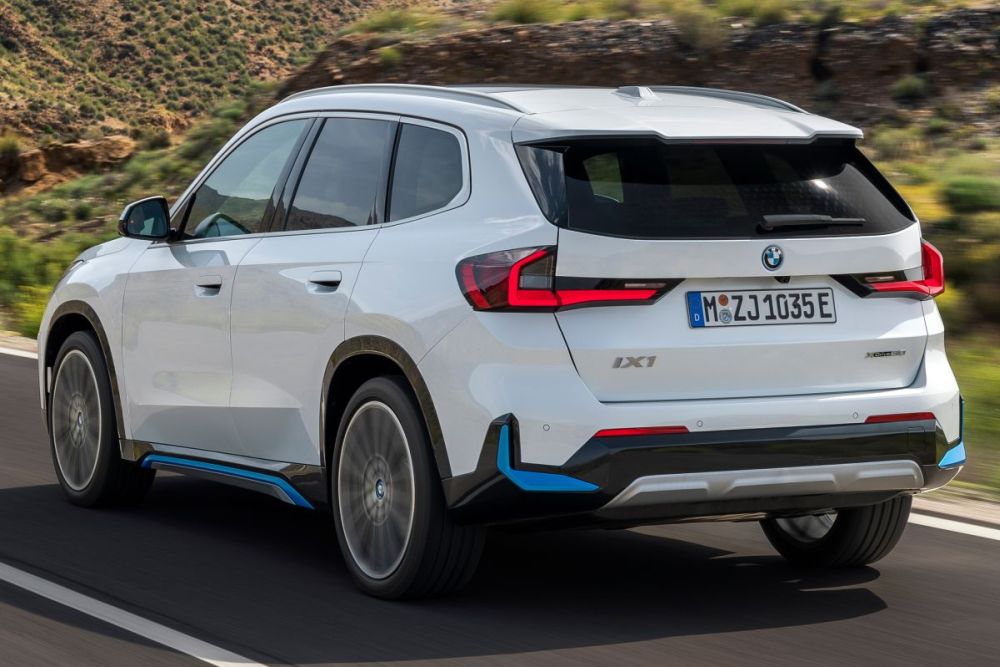
Petrol and diesel engines (mild-hybrid)
Of course, the BMW X1 is also available with combustion engines. These are conventional petrol and diesel power supplies, 48v mild-hybrid powertrains and plug-in hybrid variants.
As for the “petrol”, the front-wheel drive sDrive18 is the entry-level model. The X1 sDrive18i has a three-cylinder 1.5 with 136 hp and 230 Nm of power, which as standard is linked to a seven-speed Steptronic automatic transmission and which helps the X1 reach 100 km / h in 9.2 secondsthe. A step above is the four-wheel drive X1 xDrive23i. It is a 2.0 liter four-cylinder with 204 hp and 320 Nm that receives support from a lightweight 48V hybrid system that includes 19hp and 55Nm of electric support. The power of the system is up to 218 hp and 360 Nm. The xDrive23i also has a seven-speed automatic transmission. The X1 xDrive23i accelerates from 0 to 100 km / h in 7.1 seconds and reaches a top speed of 233 km / h.
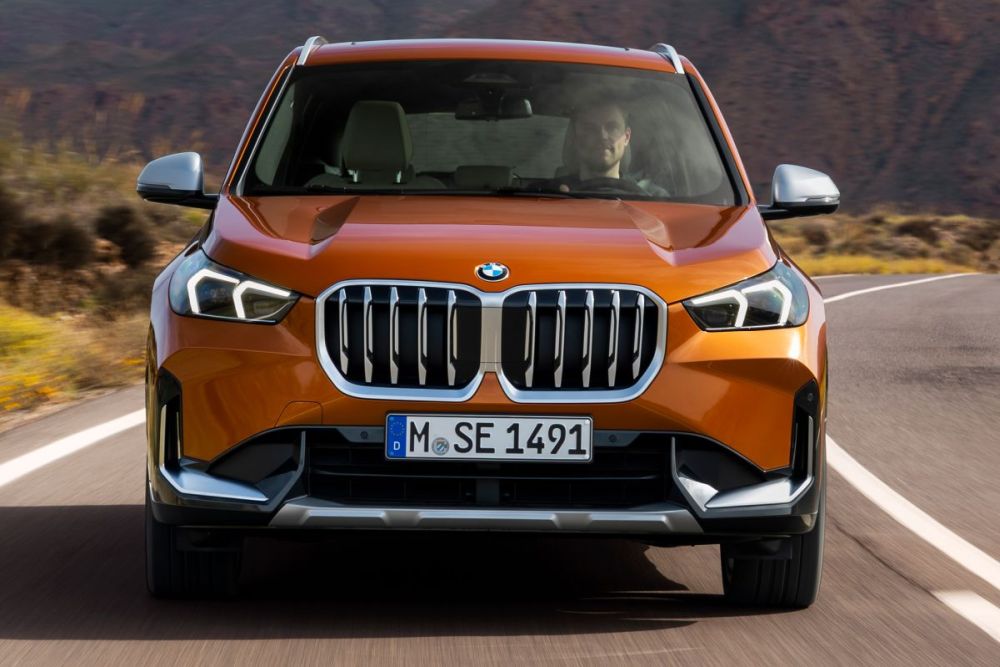
Diesel power is possible with the front-wheel drive of the X1 sDrive18d and with the all-wheel drive of the X1 xDrive23d. The first is a four-cylinder 2.0 engine with 150 hp and 360 Nm of power. The second is always equipped with a 2.0 engine but with 48v mild hybrid technology. The X1 xDrive23d has an output of 211 hp and 400 Nm and, like the sDrive18d version, has a seven-speed automatic gearbox. With 500 liters, the trunk of all mild hybrids is 10 liters larger than that of the electric iX1, but 40 liters smaller than that of non-mild-hybrid petrol and diesel models.
Like the previous X1, the new generation of BMW’s “entry-level SUV” will also receive plug-in hybrid technology. Shortly after its introduction, the X1 will also be on the market as xDrive30e and xDrive25e. These powertrains are known from the 2 Tourer series. The X1 xDrive25e has a system output of 245hp provided by a 136hp 1.5 three-cylinder petrol engine and a 109hp electric motor on the rear axle. The X1 xDrive30e has a system output of 326hp thanks to a 150hp 1.5 and a much more powerful 177hp electric motor behind.
Like the plug-in versions of the 2 Series Tourer, the two BMW X1 plug-in hybrids have a 14.2 kWh battery pack, good for an electric range of 78 to 89 kilometers. The maximum charging power is 7.4 kW, more than the 3.7 kW of the BMW X1 plug-in output.
Interior
Unsurprisingly, the dashboard is almost entirely similar to that of the 2 Series Tourer. BMW provides the X1 with its own door panels, but the rest of the design is familiar. The Operating System 8 and the curved display in which both the digital instrumentation and the infotainment screen are housed. The latter measures 10.7 inches. The new BMW iDrive provides intuitive voice and tactile control. Extensive digitization of the interior allows you to significantly reduce the number of physical buttons, controls and switches required for operation.
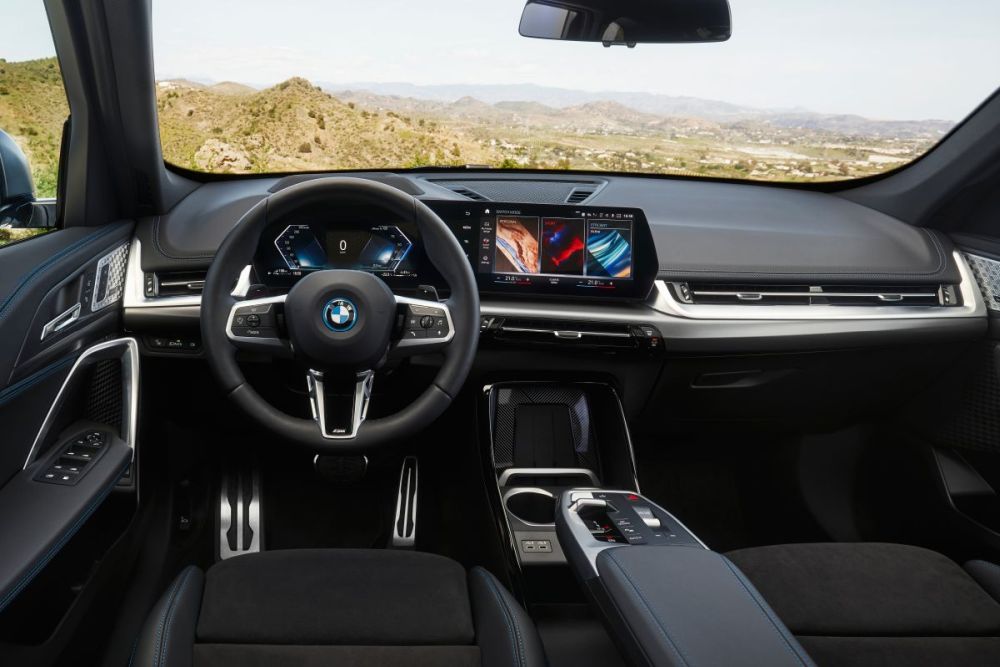
The international market launch of the BMW X1 will take place in October. Two petrol and two diesel models will come first, followed by the electric iX1 and plug-in hybrids along with a new petrol and diesel variant. Prices not yet announced.







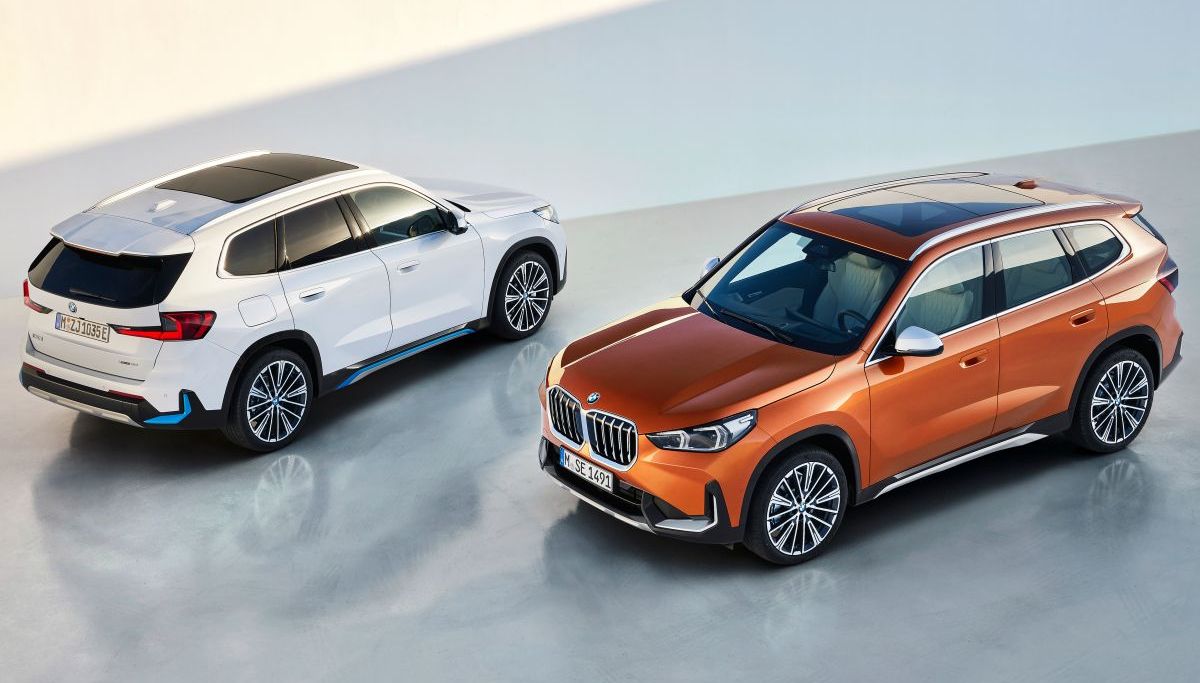








Leave a Reply
View Comments